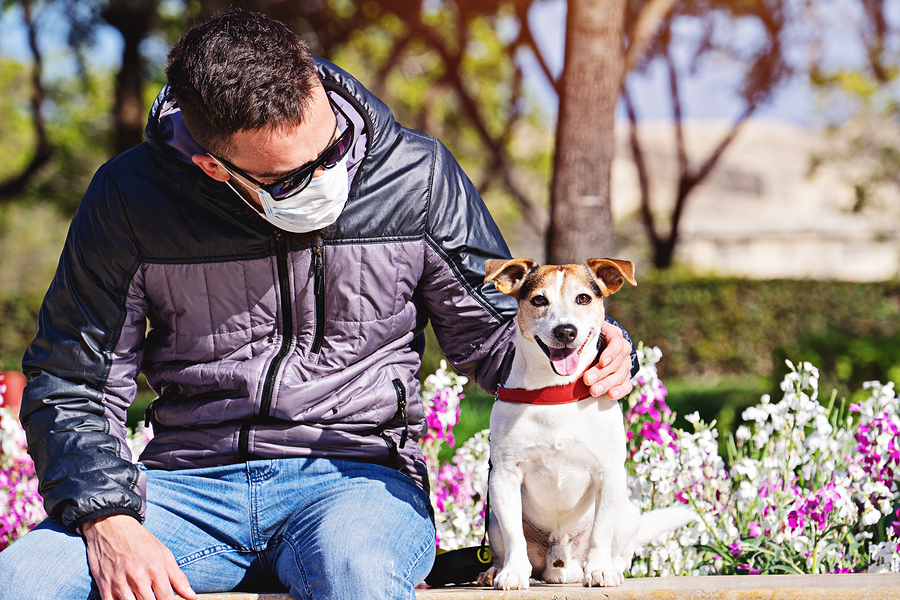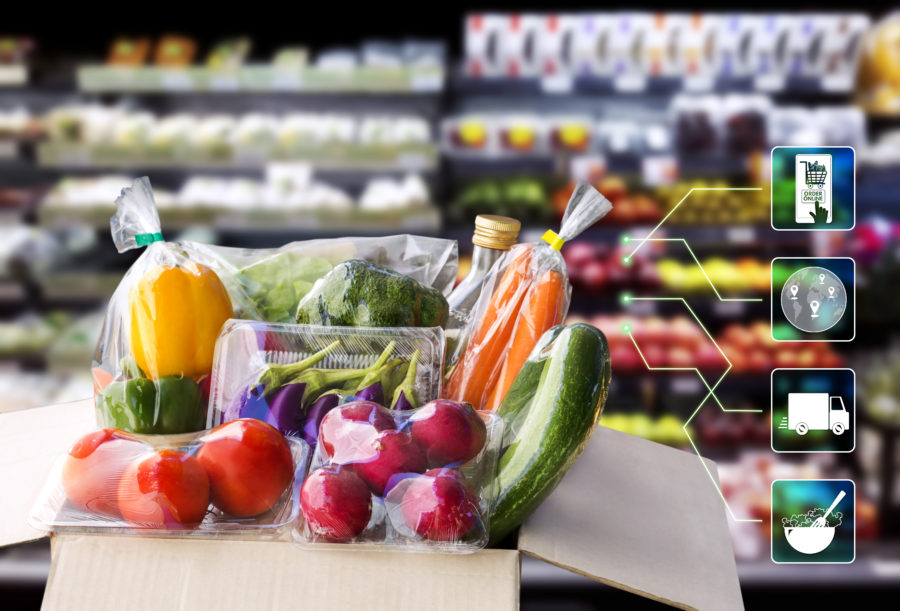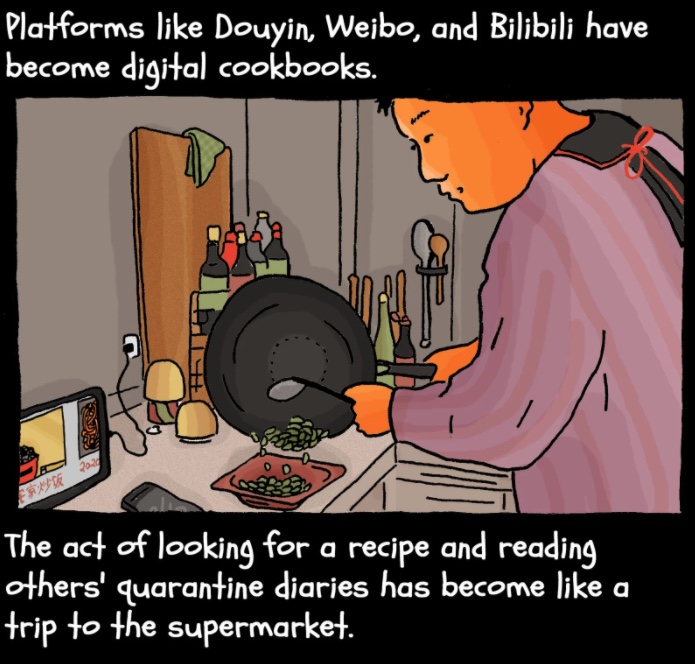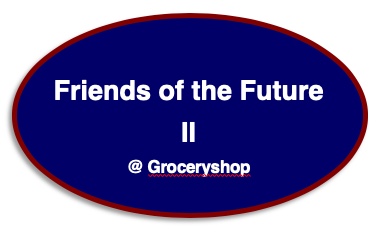
Pet Industry Experts Forecast Future
May 14th, 2020 Posted by Emergent brand marketing, brand strategy, change, Consumer insight, Digital marketing, e-commerce, Pet care, Pet food, Pet food marketing, shopper behavior 0 comments on “Pet Industry Experts Forecast Future”Recession-proof category, but winners and losers
You probably sat down this morning at your kitchen-table-home-office, like every morning nowadays, looking at the screen in front of you like it’s a crystal ball. You’re hoping to conjure certainty in the face of little and gaze at a future with well-defined outcomes and assurances. This can be hard to come by. On occasion it helps to have some of the most experienced minds in your industry offer perspective.
Emergent asked four leading voices in the pet care business to weigh in on current conditions and provide their observations on where the business is headed for the balance of 2020. Helpful news ahead – we summarize the key takeaways at the end of this article.
Despite the economic chaos and roller-coaster conditions at retail, one thing remains steadfast and true – people assign a higher pocketbook priority to furry family members.
The headline: despite the pandemic impact on businesses generally, pet food remains on a trajectory to finish the year ahead of 2019. That said, there will be winners and losers in the battle to come. Retailers and pet parents will remember those brands which were there for them, that communicated to build trust, supported them and remained present – and those which didn’t.
Out of sight is out of mind and some brands have gone underground in the last two months, creating an open invitation for more progressive players to step in and take share. As you plan for what lies ahead, here are assessments and recommendations from experts the industry relies on for guidance.
Participating in this report are:
Mark Kalaygian, Editor-in-Chief, Pet Business
Lindsay Beaton, Editor, Petfood Industry
Glenn Polyn, Editor-in-Chief, Pet Age
Jennifer Semple, Editor, Pet Food Processing
It’s a time of uncertainty and contradictions
- Pet brands are trying to navigate uncertainty in the supply chain (meat packing plant closures) on one side and retail sell-through on the other. What’s your best take on the state of the industry’s health and what do you foresee happening in the next six months?
Mark Kalaygian: “Based on what I’m seeing, the industry is quite healthy. All reports are that the supply chain is holding up nicely, with minimal, isolated disruptions caused by logistical issues, as opposed to production problems.” While e-commerce has picked up momentum, “I believe when stay-at-home orders relax, traditional shopping patterns will return,” he reports. “That said emphasis on omni-channel strategies are important when people have a more limited number of shopping excursions.”
Lindsay Beaton: “While stay-at-home orders and social distance concerns may have prevented some people from getting to physical stores, e-commerce saw 77% growth in March as people stockpiled. However choppy sales conditions may continue for the rest of the year. My gut is pet food companies should look at their e-comm strategies not just for now but as a new standard for doing business.”
Glenn Polyn: “Pet brands are in a good place, all things considered. Any who may be under duress were probably struggling before the pandemic happened.” The grain-free segment, one of the industry’s strongest categories over the last decade, took a sales hit following DCM-related media reports. “Those who were already more impacted by a DCM (grain-free) slow-down may be experiencing added pressures,” he said.
Jennifer Semple: “Pet food is typically a recession-proof industry and is expected to remain one. Package Facts is still projecting 4% growth for the year.” Knowing the importance of impulse buying to some more discretionary categories at retail, “treat sales may well be soft until consumers have a comfort level to go out and shop at the store,” she said.
- On the one hand we have evidence that the value proposition for pet ownership is at an all-time high and pet rescue and shelters are seeing a surge in adoptions, yet we’re also observing evidence of balance sheet strain such as some retailers cutting headcount and reducing employee hours. What do you think is impacting the conditions between growing enthusiasm for pets in the home and pet food category fiscal health?
Mark Kalaygian: “The high levels of quality time people are spending with pets, and new ones in the household, could lead to a trade up in food quality to brands carried (mostly) at independents.” Right now, FDM (Food Drug Mass) channels are experiencing a lot of traffic based on consumer response to stay-at-home orders, “there is SKU overlap between big box chain (Petco, etc.) and FDM channel that could create some erosion for big box if FDM shopping patterns persist. We saw a similar dynamic play out during the ‘08/’09 recession. We think food sales will remain strong. However, it will be (increasingly) important to optimize channel strategy,” he explained.
Lindsay Beaton: “It’s true that animal shelters all over the U.S. are seeing adoptions and fosters in numbers they’ve possibly never seen before. Many shelters had to reduce staff or shut down entirely to protect their human workers and volunteers when the COVID-19 pandemic began spreading. The best way to look after their animals was to get them into private homes. With employees suddenly telecommuting or with reduced work hours, communities responded heartily. At the same time, these (temporary or otherwise) pet owners were unable to get to physical stores to take care of their new furry companions. The current conditions have served to speed up an already-occurring migration to online channels.”
Glenn Polyn: “The retailers I have spoken to tell me that their sales are on a roller coaster ride that changes daily. One day there might be a huge wave of customers clearing the shelves only to be followed by the slowest of days with hardly any sales. Some retailers may be cutting staff, and that’s to be expected as customers are mostly going to be seeking necessities. And the fact that pet owners aren’t always walking up and down aisles means they aren’t going to be impulse buying. Considering the pandemic is such a unique event, the wave of adoptions might not be permanent once the nation returns back to some semblance of normalcy.”
Jennifer Semple: “Boston Consulting and IRI reported a surge in pet food sales during March, likely due to panic buying, and followed by a dip. Pet ownership levels are strong but many of the opportunities for impulse purchasing and trying new pet foods and treats are suppressed right now without as many people browsing in physical stores. As communities open up, the drive to feed, nurture and pamper pets will help revitalize the industry. In the near term I expect pet brands will focus on their best sellers, while tracking how consumers are spending.”
- What is your best advice to pet food companies working to optimize their plans and navigate current market uncertainty? If you were CEO, what are the top three moves you would make?
Mark Kalaygian: “Going forward, a strong, clear channel strategy is in order in light of e-commerce growth. Independent pet specialty retailers were already paying close attention to how pet food companies were balancing their approach to omni-channel sales before the pandemic struck, and that is only going to increase in the months ahead.
“If I were running a pet food business I would focus on the following: Make sure the supply chain is consistent and working across all retail segments and partners, and not just the larger accounts. No independent pet retailer wants to deal with product shortages while a bigger competitor down the street enjoys high fill rates.
“With a fair amount of overlap already I would consider how to create uniqueness and distinctiveness for brands in independent vs. big box channels.
“Given the growth and shift to e-commerce shopping I would make an added effort to help independents compete more effectively with online specialists.”
Lindsay Beaton: “According to a recent PFI survey, only 11.9% of pet food manufacturers cited ingredient shortages or inconsistent supply as a top challenge. That said it’s better to be prepared with multiple options should any supplier conditions change.
“If I were a pet brand CEO, I would pay attention to:
“Anyone who was already set up for e-commerce had a significant leg up when the pandemic hit and everyone started staying at (and shopping from) home. Now a much larger portion of the pet-owning population has come to understand their e-tail options. Subscription purchasing surged 28% in March.
“It seems wise for pet brands to either be doing business on the larger e-comm platforms or helping specialty retailers make sure their e-commerce platforms are robust and marketed well.
“According to market surveys, by and large consumers are pleased with the way their brands of choice are handling the COVID-19 situation and want to continue hearing from them. When people head online it also means they are doing research there, checking influencer sites, reading product reviews, browsing social channels so it’s important to have your marketing house in order.”
Glenn Polyn: “Communication is vital. CEOs need to ensure the brand message is getting across to both pet owners and to retailers. On the one hand, you want to help consumers realize their pet lifestyle goals to keep pets happy and healthy, and perhaps share their stories on social media channels. Not to be overlooked, now is also the time to create well-written, engaging, interesting stories that help retailers and distributors understand how the company values (and understands) their efforts and how their concerns and needs are being supported.”
Jennifer Semple: “If I were making the calls at a pet food company, I would communicate, communicate, communicate. I would frequently talk to distribution partners, retail owners, competitors and friends in the business to gauge what is resonating with customers, what the customer concerns are, how their purchasing habits are evolving, and I would optimize my processing efforts to better serve what I’m seeing in the market.
“I would also look to diversify to meet another product need, serve another distribution or sales channel, or identify how I could help another company serve their customers better by manufacturing for them.
“Another priority would be to rally the troops within the company. Be open with where the company currently stands, what the immediate priorities are and what the near-term and long-term goals are. I would provide avenues to receive input and ideas from all corners of the company to identify the clearest, most direct path to growth and opportunity. I think many companies are successful because they create a culture of ‘we’re all in this together’ and from that culture gain a better understanding of the company’s true strengths and opportunities.”
Optimism if the right moves are made
It’s cathartic to hear the words and passion coming from those who so closely follow the pet care industry and by virtue of their occupation, have routine detailed conversations with the leaders of many businesses both big and small. Anytime you see the words ‘recession proof’ in a sentence it brings a measure of confidence.
But the challenges nonetheless are steep and varied. Some brands will come out ahead and some will lose ground despite the forecasts. The reason is straightforward: uncertainty can sponsor a form of organizational retreat and withdrawal. While understandable, that condition helps create a self-fulfilling prophecy of defeat. It requires a measure of business moxie to stand in the breach and operate progressively.
Yet that is our call to action to the leaders who read this report. Here, in sum, is the counsel of your pet food prophets:
- The business remains generally in good condition despite a faltering economy.
- Communication is a resounding call to action and was repeated over and over for the very reason the experts have taken note of a retreat to silence. Not every story or word needs to be treated like a CIA top security file disclosure. Talking to customers and pet parents is necessary, important and will be rewarded.
- In a related insight, keep the intel investments going to assess how consumer attitudes and behaviors are shifting within this new cultural minefield they’re living in. To truly know them and their aspirations and concerns is the secret sauce for more effective marketing investments and messaging strategies.
- Segments of the business driven largely by impulse buying will indeed take a hit until store browsing fully returns.
- E-commerce is big and getting bigger, and likely to remain an important channel long after the pandemic recedes, so best to map strategy now.
- When assets are tight and every dollar needs to work like 10, focus on your best sellers and prioritize.
- Pay attention to supply chain conditions and make sure you have strategies in place should a healthy “Plan B” be required for continuity purposes.
It is important to know that as much as experts see some insulation for the pet food business given the out-sized priority families assign to pets, multiplied by their growing value in a chaotic, less secure world, it is the actions leaders take now that will inform the business outcome later.
Your true north is operating in service of retailer and pet parent needs, aspirations and the health and wellness of pets. Being mindful of consumer concerns and needs can help shape the one thing our experts repeated most often: communicate, communicate, communicate.
Editorial note: Emergent would like to express our heartfelt thanks to each of the editors who participated in this story. We appreciate your time and efforts to help inform the industry.
Looking for more food for thought? Subscribe to the Emerging Trends Report.
Bob Wheatley is the CEO of Chicago-based Emergent, The Healthy Living Agency. Traditional brand marketing often sidesteps more human qualities that can help consumers form an emotional bond. Yet brands yearn for authentic engagement, trust and a lasting relationship with their customers. Emergent helps brands erase ineffective self-promotion and replace it with clarity, honesty and deeper meaning in their customer relationships and communication. For more information, contact Bob@Emergent-Comm.com and follow on Twitter @BobWheatley.




